How Does Armour Etch Glass Etching Cream Work?
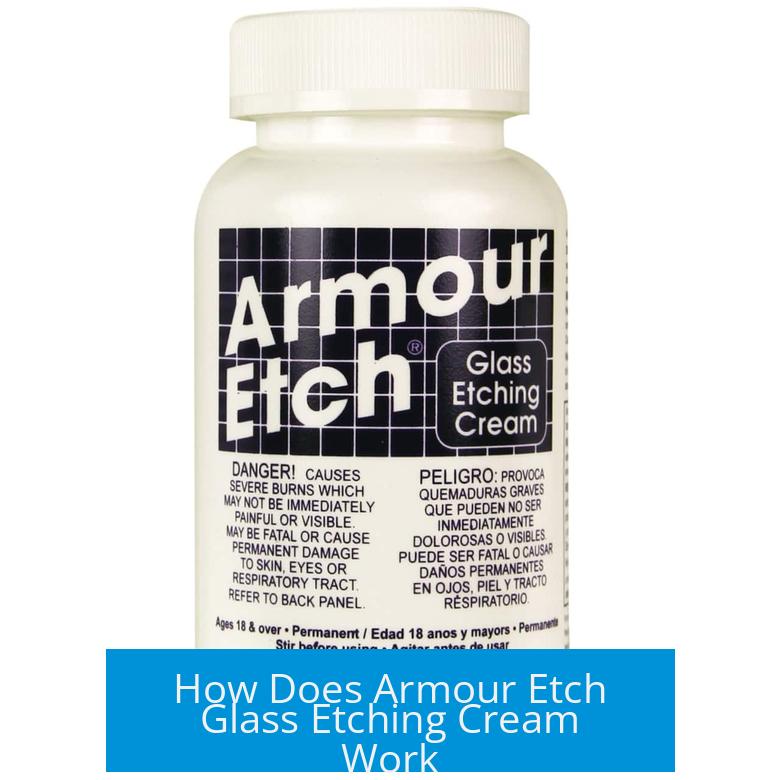
Armour Etch Glass Etching Cream works through a chemical process called hydrofluoric acid (HF) etching, which alters the glass surface by forming silicon tetrafluoride (SiF4).
Chemical Process Involved
Armour Etch contains compounds that release hydrofluoric acid when applied to glass. This acid attacks the silica (SiO2) in the glass surface. Hydrofluoric acid is known for its ability to chemically break down glass, unlike many other acids.
During etching, HF penetrates the glass’s outer layer, initiating a reaction that weakens the silica. This controlled chemical process creates a frosted or matte effect on the glass, allowing for permanent designs or textures.
Chemical Reaction on the Glass Surface
The key reaction between hydrofluoric acid and glass produces silicon tetrafluoride (SiF4). This compound forms as HF reacts with the silica network in the glass.
| Reactants | Products |
|---|---|
| SiO2 (glass) + HF | SiF4 (silicon tetrafluoride) + other by-products |
The formation of SiF4 indicates that the glass surface is being etched by the acid, removing small amounts of silica and leaving a textured, etched finish behind.
Summary of the Etching Mechanism
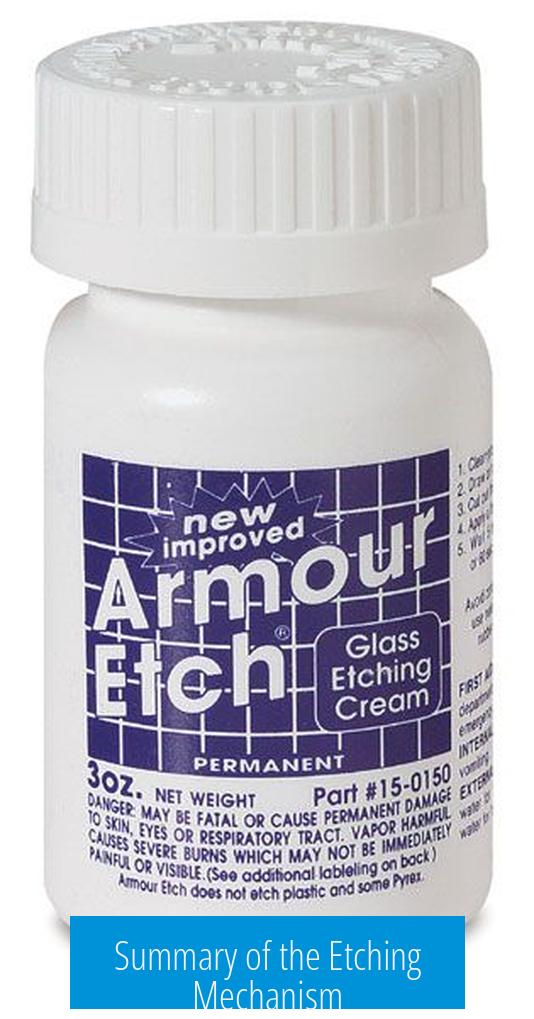
- Hydrofluoric acid in Armour Etch initiates glass surface reaction.
- HF attacks silicon dioxide in the glass.
- Silicon tetrafluoride (SiF4) forms, signaling etch progress.
- Surface texture changes, producing a frosted, permanent mark.
Armour Etch cream offers a safer and simpler way to apply HF etching chemistry for decorative and craft purposes. It allows users to create lasting glass designs without mechanical abrasion.
Key Takeaways
- Armour Etch works via hydrofluoric acid etching.
- Etching occurs through chemical reaction generating SiF4.
- The glass surface texture changes permanently due to silica removal.
- The cream provides an accessible method for controlled glass etching.
How Does Armour Etch Glass Etching Cream Work?
If you’ve ever wondered what magic lies behind the subtle, frosted patterns on glassware, the secret is simpler—and more chemical—than you might think. Armour Etch Glass Etching Cream works through a special reaction known as hydrofluoric acid (HF) etching, where, quite literally, chemistry carves art onto glass. Let’s break down how this clever cream transforms smooth, shiny surfaces into beautifully etched masterpieces.
So, what exactly happens when you slather Armour Etch onto glass?
The process revolves around hydrofluoric acid (HF) etching. When you apply the cream, which contains HF or compounds that release it, it starts to react with the glass surface. Unlike many acids, HF is uniquely capable of reacting with the silicon dioxide (SiO2) in glass. This reaction is the core of the etching process—turning ordinary glass into art.
Why is silicone dioxide in glass so important here? Simply put, glass is mainly made of this compound. HF attacks silicon dioxide by breaking down its strong bonds. The outcome? The creation of silicon tetrafluoride (SiF4), a gaseous product, which forms right on the glass surface during etching. This formation changes the surface texture and appearance, giving that opaque, frosted look which is unmistakably etched glass.
Now, imagine the glass surface as a smooth, glossy canvas. Applying Armour Etch is like sending in a tiny army of microscopic sculptors. Instead of chisels and hammers, though, they use chemical reactions. The HF in the cream loosens and removes tiny amounts of the glass surface, but in a controlled manner. This etching happens evenly, allowing you to create detailed designs without accidentally cracking or breaking the glass—pretty neat, right?
Want a little proof of how effective this process is? Just consider that HF etching is so powerful it’s also used in industrial glass manufacturing for precision engraving and microfabrication. Armour Etch cleverly takes this principle to your DIY projects, making it a simple, user-friendly tool for glass decorating.
Benefits You Can Count On
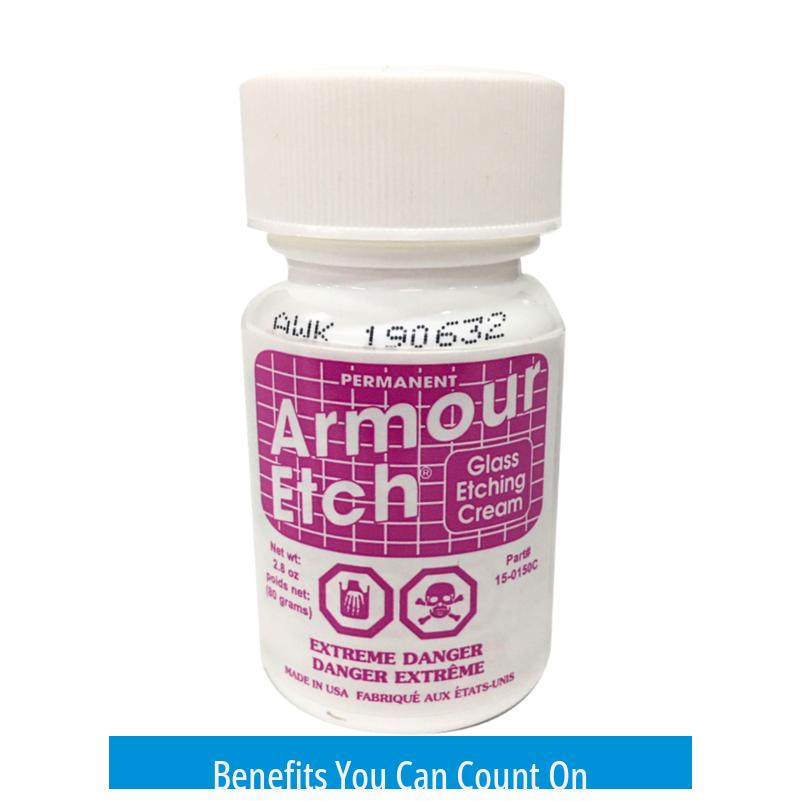
Why bother with Armour Etch over other decorating methods? Here are some perks:
- Precision. The cream works only where you apply it. Mask off areas with stencils or tape, and get clean edges.
- Durability. The etch isn’t a mere surface paint; it’s a real change to glass texture that won’t rub off or fade.
- No special tools. Besides your stencil and cream, you don’t need fancy equipment to start etching.
This means you can personalize everything from glassware to mirrors with minimal hassle. Who needs expensive engraving machines when you have chemistry on your side?
Practical Tips for Using Armour Etch
For best results, don’t just dive in blind. Here’s the scoop:
- Prep the glass. Clean your surface thoroughly—no oils or dirt allowed. It makes all the difference.
- Apply evenly. Use a brush or applicator to spread the cream at a consistent thickness.
- Time it. Follow the product’s instructions carefully; leaving the cream on too long can over-etch and weaken the glass.
- Rinse thoroughly. After the recommended time, wash off the cream with plenty of water. Safety first! HF compounds can be hazardous if mishandled.
- Use protective gear. Gloves and eye protection are an absolute must.
By respecting these steps, you’ll find the process surprisingly safe and satisfying.
How Does It Compare to Other Methods?
Sandblasting is another popular glass etching method, but it demands special equipment and skill to avoid damaging the glass or creating uneven results. Etching cream? It’s far more beginner-friendly and portable. On the downside, deep, complex engravings might require professional tools.
Also, unlike paint or vinyl decals that just mask over the surface, Armour Etch chemically changes the glass itself. This means your etched design won’t peel or chip over time, promising long-lasting style.
Personal Experience and Why It’s Worth Trying
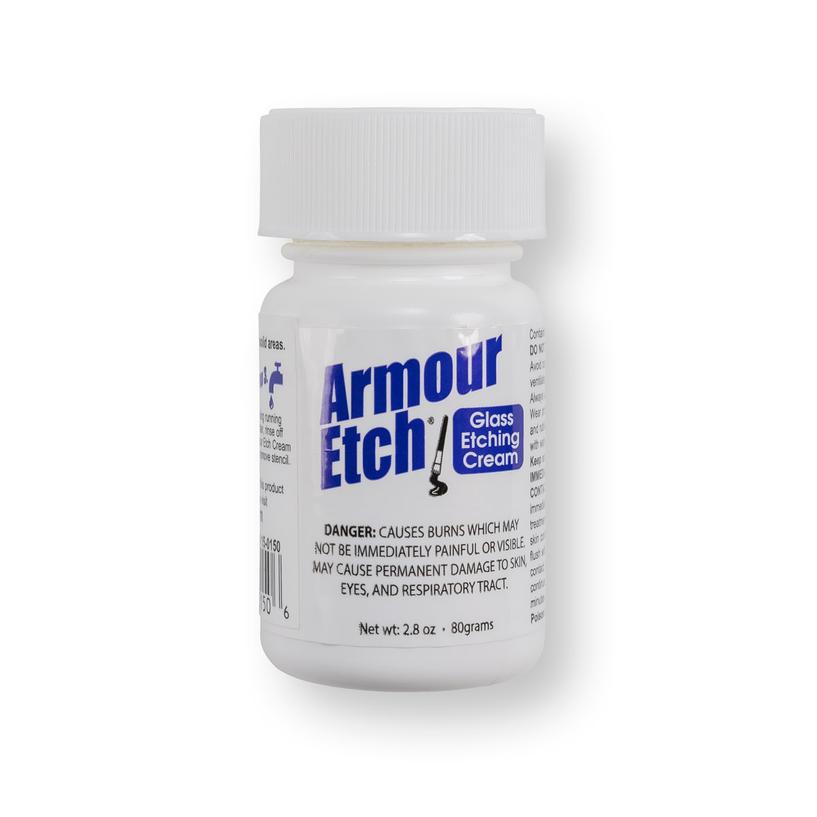
Picture this: you grab a plain glass tumbler, lay down a custom stencil of your favorite phrase or silly doodle, and then gently coat it with Armour Etch. After a tense few minutes waiting, you rinse, peel off the stencil, and voilà—your personalized glass is ready to impress friends and guests.
What’s remarkable is how accessible this process feels. You don’t have to be an expert chemist or artist. The cream does most of the technical heavy lifting. It turns DIY projects into fun, creative adventures with a professional touch.
In Conclusion: Chemistry Meets Creativity
Armour Etch works its magic through a smart chemical reaction: hydrofluoric acid etches the silicon dioxide in glass, forming silicon tetrafluoride and leaving behind a frosted, etched design. This process is efficient, precise, and accessible for hobbyists and professionals alike.
Next time you see frosted glass art, you’ll know it’s not just about fancy tools, but clever chemistry. Ready to try your hand at glass etching? With Armour Etch, you already have a powerful chemical sculptor in a tube.
How does Armour Etch Glass Etching Cream chemically alter the glass surface?
It uses hydrofluoric acid (HF) to etch the glass. This acid reacts with the glass, forming silicon tetrafluoride (SiF4) on the surface.
What is formed on the glass during the etching process?
Silicon tetrafluoride (SiF4) is created when the hydrofluoric acid reacts with the glass. This compound indicates that the etching is occurring.
Why is hydrofluoric acid important in Armour Etch Cream?
Hydrofluoric acid is the key active ingredient. It breaks down the glass surface at a chemical level to produce the etched effect.
Does the cream change the glass physically or chemically?
The cream chemically alters the glass surface by forming new compounds like SiF4. This changes the surface texture permanently.


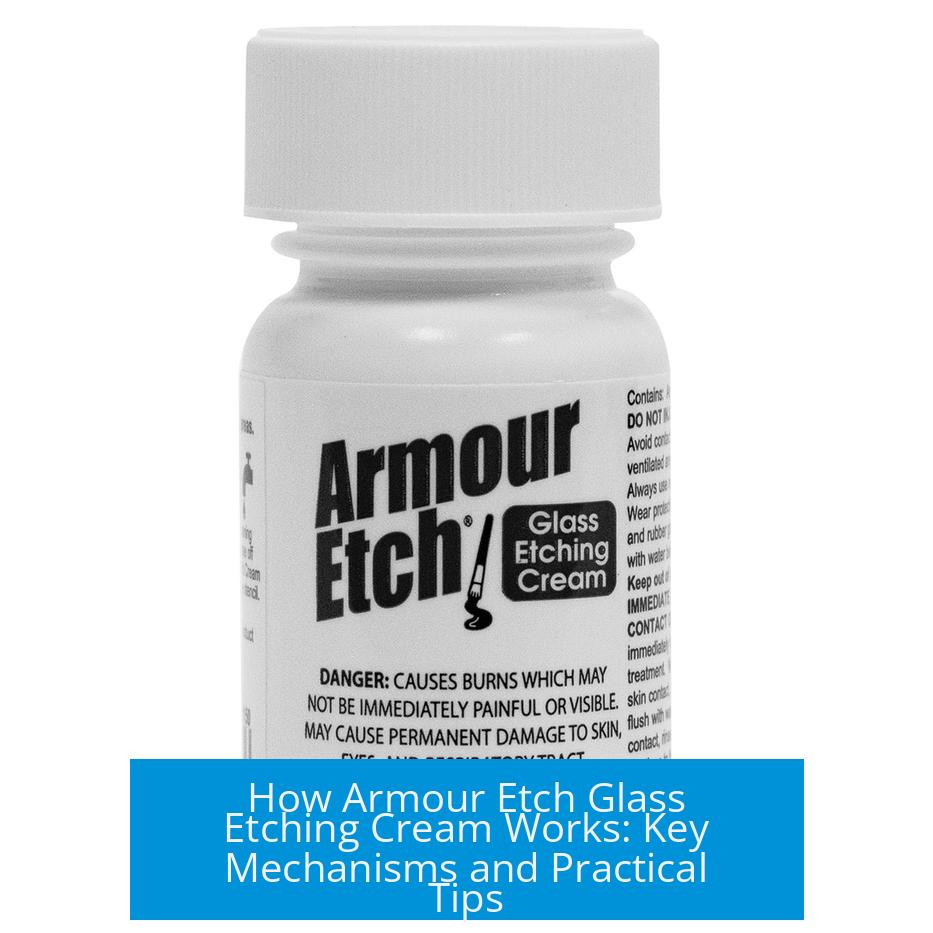
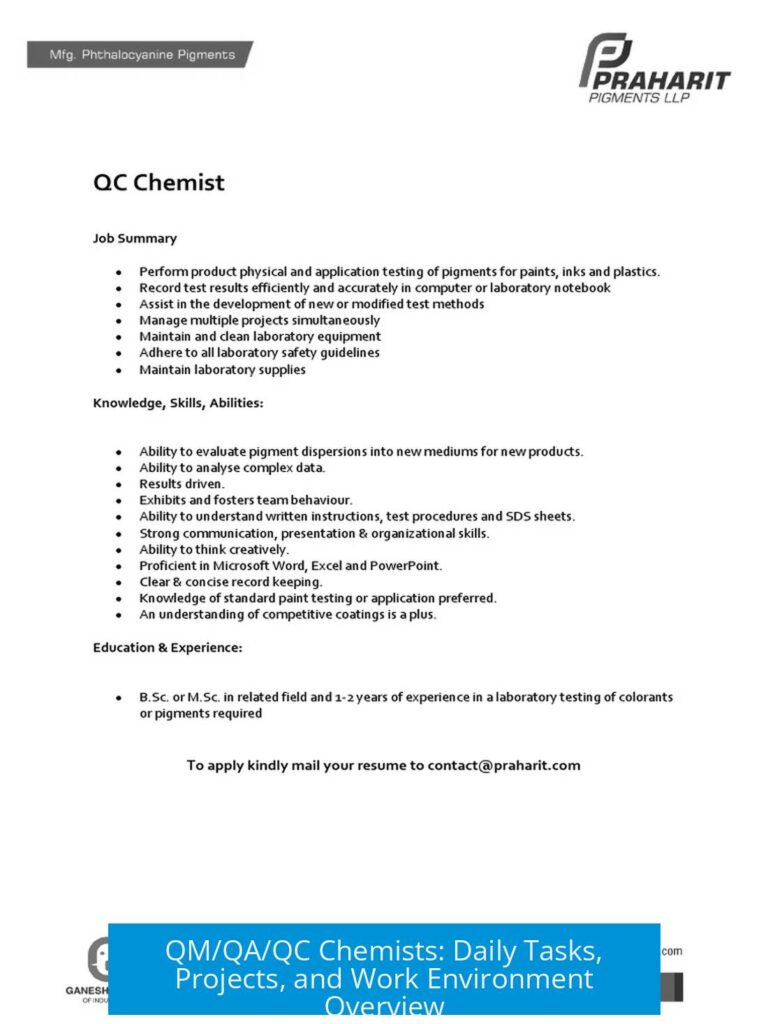
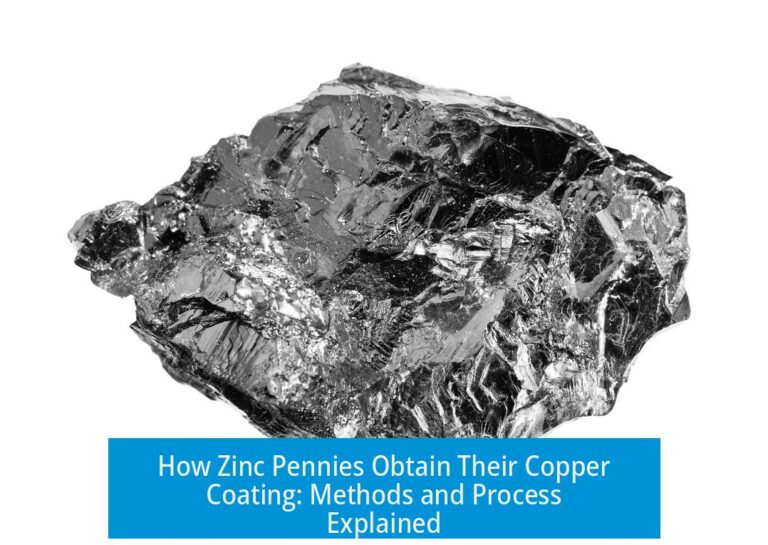
Leave a Comment